
If you’re not a believer yet that Linked is a key networking tool, this shouldn’t be your first read. You will benefit better if you read this one first: LinkedIn is 10 today!
I guess now you are ready for this one.
LinkedIn is an essential networking platform for all businesses, just a little bit more for B2B. Marketing plan for any business isn’t complete without the salt of maintaining the LinkedIn presence. The Groups feature of LinkedIn has proven ROI for B2B sales. Taking advantage of this feature provides the potential to get your brand in front of a lot more people than relying only on your company page. If you haven’t already gotten involved in Groups, here are a few LinkedIn tips to get you started and give you a boost in sales.
Direct participation is the right participation
Active participation in your group means that you will attract more prospects. Future customers feel much more confident about brands that are obviously invested in their clients’ experiences and opinions. Express your interest from the get-go by setting up automated messages to send to LinkedIn users who join your group, giving them a warm welcome and inviting them to contact you freely with any questions or comments. Think of your members as prospective clients or customers. When they have questions, answer them promptly to exemplify the type of timely, quality service you provide for your clients.
Create engagaments, Communication should always be two-ways

Encourage group members to get involved too. Keeping members tactfully engaged is the key. You will want to provide topics of discussion from time to time, but it’s also important to let group members lead a good number of discussions. This shows potential members that you are interested in what they have to say. Instead of seeing a veer of topics provided by you with a list of responses from members, they will see a group full of members engaging in interesting discussion with useful information. Make sure you participate in member-led discussions as well. Again, you want your members to know that you value them and their viewpoints. You can only demonstrate it by showing interest in the discussions led by them.
Be the leader in all ways
While member participation is key crucial to the success of your group, you must ensure that activity within the group is appropriate, informative, and doesn’t annoy current or prospective members. For instance, say there is a member who is constantly posting messages for self-promotion. This kind of spamming can get very old, very fast. When group discussions are littered with promotional jargon, people get bored and sometimes annoyed, which means they might possibly leave the group. If there are members who are acting inappropriately or posting the same things over and over again just to get their names out there, turn to them privately and let them know that their behavior isn’t conducive to the group’s purpose. Always take the responsibilities of the group leader just like you would do in real-life. Keep an eye on the activities in your group and moderate them judiciously.
Keep Content Relevant
People join groups for a reason. They are interested in a certain topic and either want to be involved in discussion on said topic or just get as much information and advice as they can from the sidelines. Therefore, only relevant content should be posted to your group. The best thing about groups is that you’ve got a ready-made audience there for the taking—possible future clients or customers who are interested in your topic and have joined your group voluntarily. These folks are there to read information that pertains to the category under which your group falls. You should act like a content police, don’t post (or allow others to post) anything that might digress from relevant subject matter.
Search for Leads
In addition to managing your group, you should also be looking for prospective members that could turn into clients. LinkedIn now has an Advanced People Search, which is extremely useful in farming for a specific group of people. For example, you can search for people who have a specific job title, such as CFO, or perhaps those who run companies with specific number of employees. LinkedIn helps you find the precise audience you have always desired but never knew how to contact. Inviting these people to join your groups will give them a preview of what they can expect from you and your company.
Advertise
LinkedIn now has an advertising feature. It is a paid feature, but the cost is comparable to Facebook’s ad feature, and the possibility of reaching your target audience is greater. The Groups feature allows your ad to be placed front and center on the pages of a group. For example, you can specify that you want an ad to be visible to members of corporate real estate groups or inbound marketing groups. These ads are customizable and are written by your company, but they do have to meet certain criteria to be established by LinkedIn.
Participate in Other Groups
In order to integrate your group with your profile and get more exposure, join other people’s groups whose topics fall under the same umbrella as yours. In addition, you might find that you can generate leads within other groups that have nothing to do with your actual business. Joining a group with members who have the same interests as you—sports/food/wine, for example—might give rise to business relationships. Cultivating friendships with like-minded individuals can lead to talk about business, which gives you an opening to see if you can be beneficial to one another in Business-2-Business (B2B) sales.
LinkedIn’s Groups feature has grown by leaps and bounds since it was first introduced, especially where group management is concerned. Many tools have been implemented to help you lead and monitor your group efficiently. Starting a group is easy, but you must be committed to managing it as well. Participation and steadiness are keys if you want your LinkedIn Group to help boost B2B sales.
 telephones to denote “number”.
telephones to denote “number”.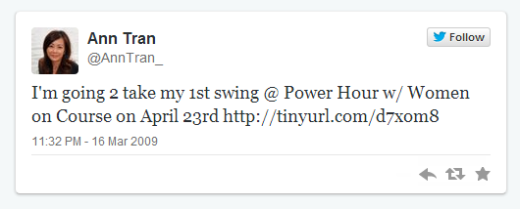




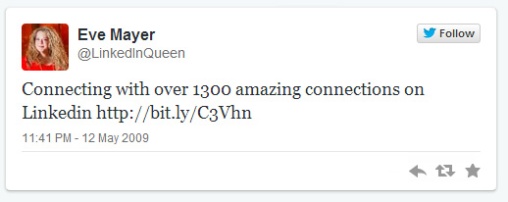
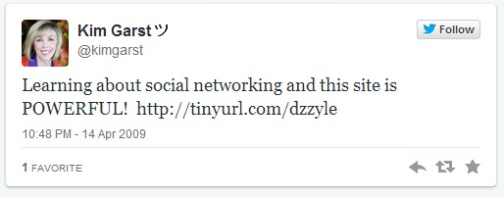


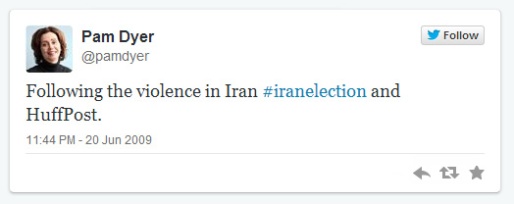





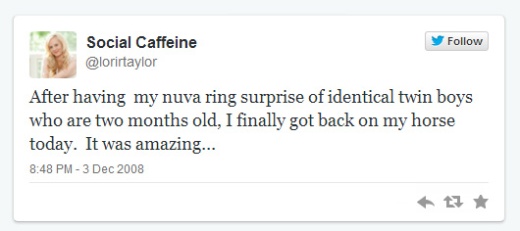
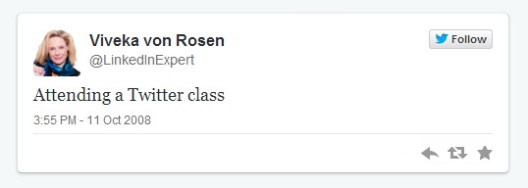
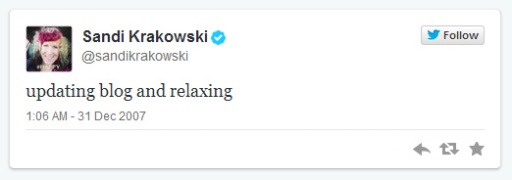
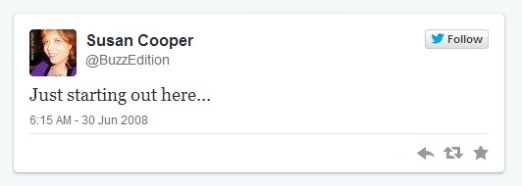


 Resolutions fail because they are vague, they can be easily achieved if we pin down the actions rather than the goal itself. Most common and apt business resolution is to optimise the Twitter Profile this year, and here’s my new year gift to you all. An action packed list to help you achieve this goal:
Resolutions fail because they are vague, they can be easily achieved if we pin down the actions rather than the goal itself. Most common and apt business resolution is to optimise the Twitter Profile this year, and here’s my new year gift to you all. An action packed list to help you achieve this goal:
 Individual leaders also face a fabricated dichotomy to forge their identity as a rigorous, results-oriented tyrant or be a nurturing, naive softy who doesn’t meet targets. In some settings, an individual leader is perceived as powerful and effectual only if they are unemotional.
Individual leaders also face a fabricated dichotomy to forge their identity as a rigorous, results-oriented tyrant or be a nurturing, naive softy who doesn’t meet targets. In some settings, an individual leader is perceived as powerful and effectual only if they are unemotional.
 worthwhile with your “big strength” they are nothing but just the false weights and you’re just spending a lot of energy to just ‘look’ good. The key is to ‘feel’ good and not just ‘look’ good. (Ah! It’s evident that girl is struggling to give in to some vino and Macaroons. Of course, it is. What on the earth ‘feel’ ‘look’ good jazz has to do with the Community Building!)
worthwhile with your “big strength” they are nothing but just the false weights and you’re just spending a lot of energy to just ‘look’ good. The key is to ‘feel’ good and not just ‘look’ good. (Ah! It’s evident that girl is struggling to give in to some vino and Macaroons. Of course, it is. What on the earth ‘feel’ ‘look’ good jazz has to do with the Community Building!)
